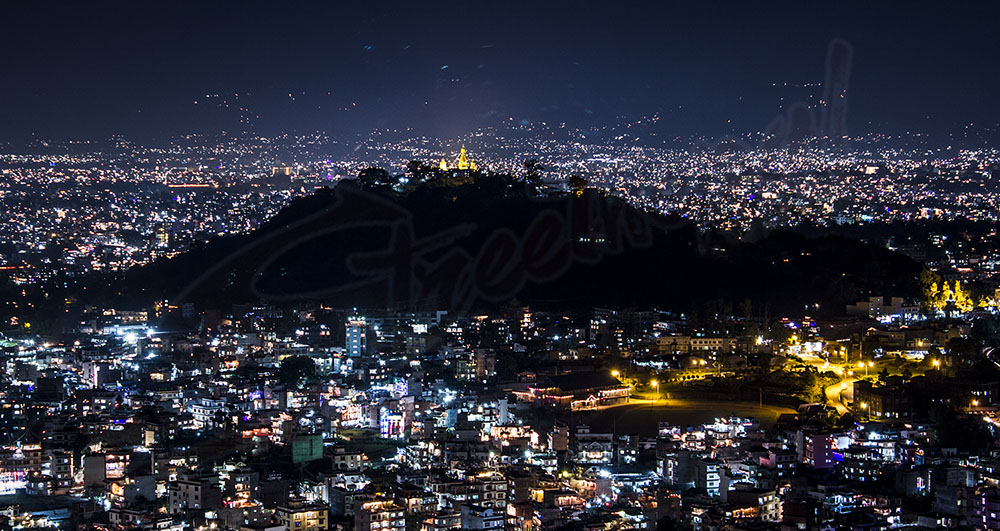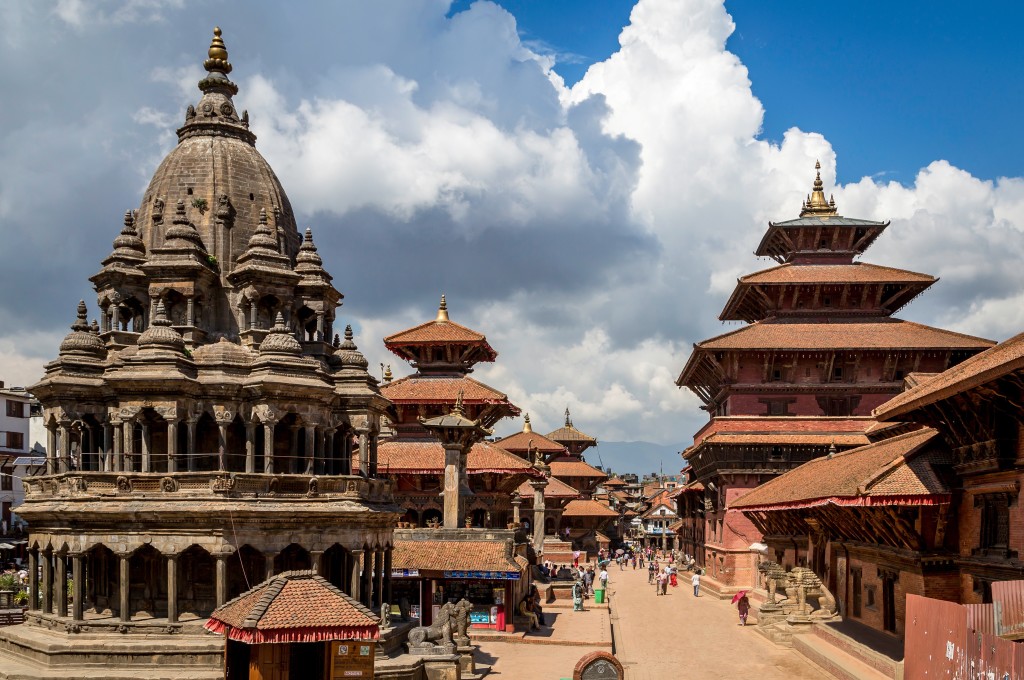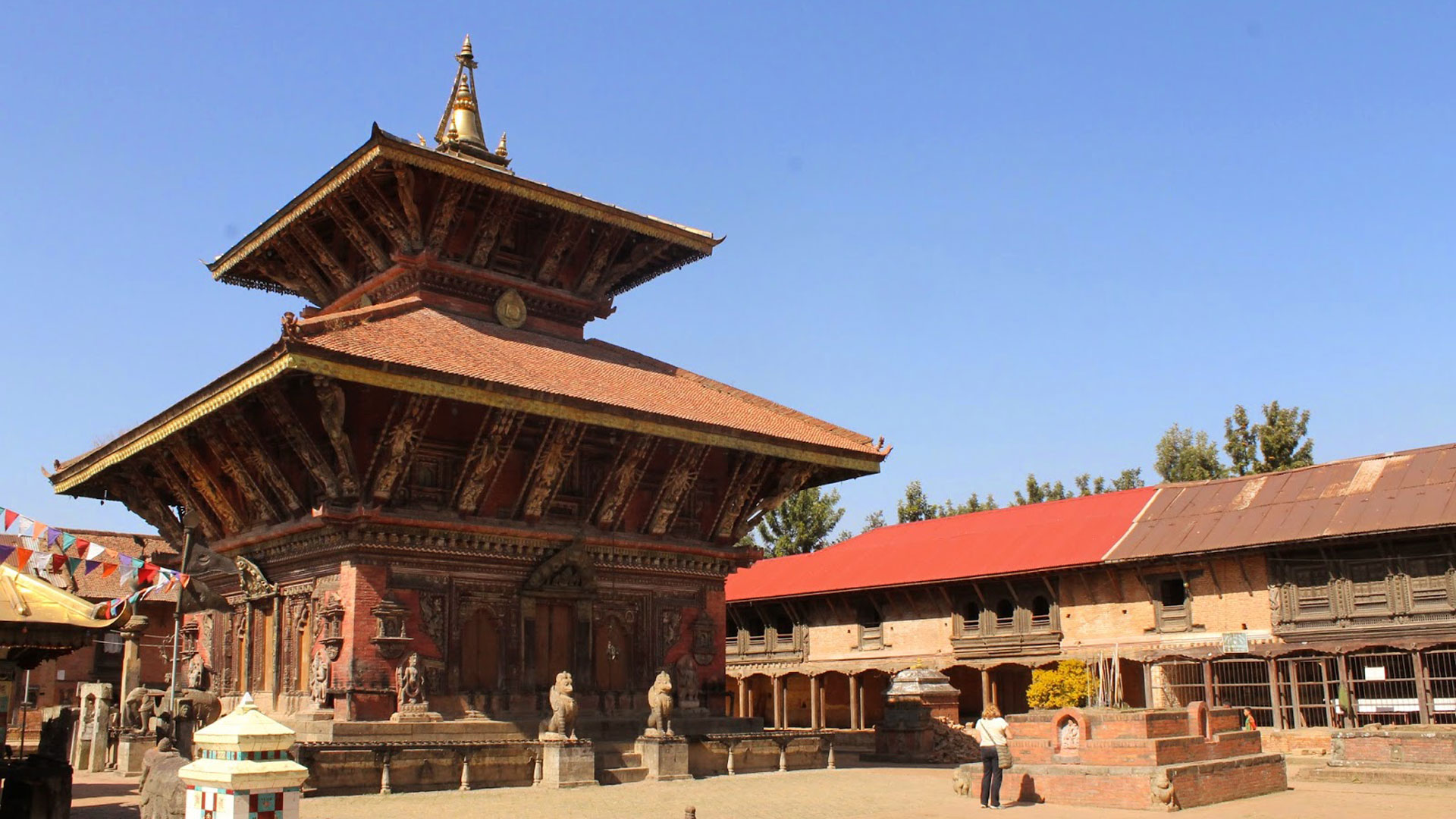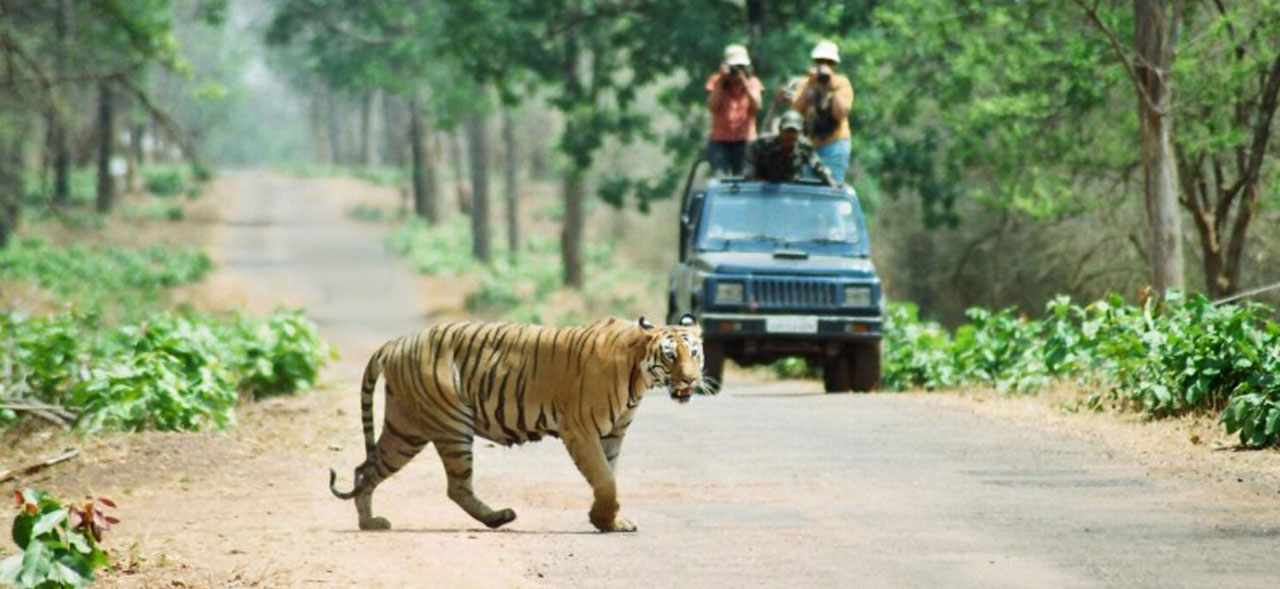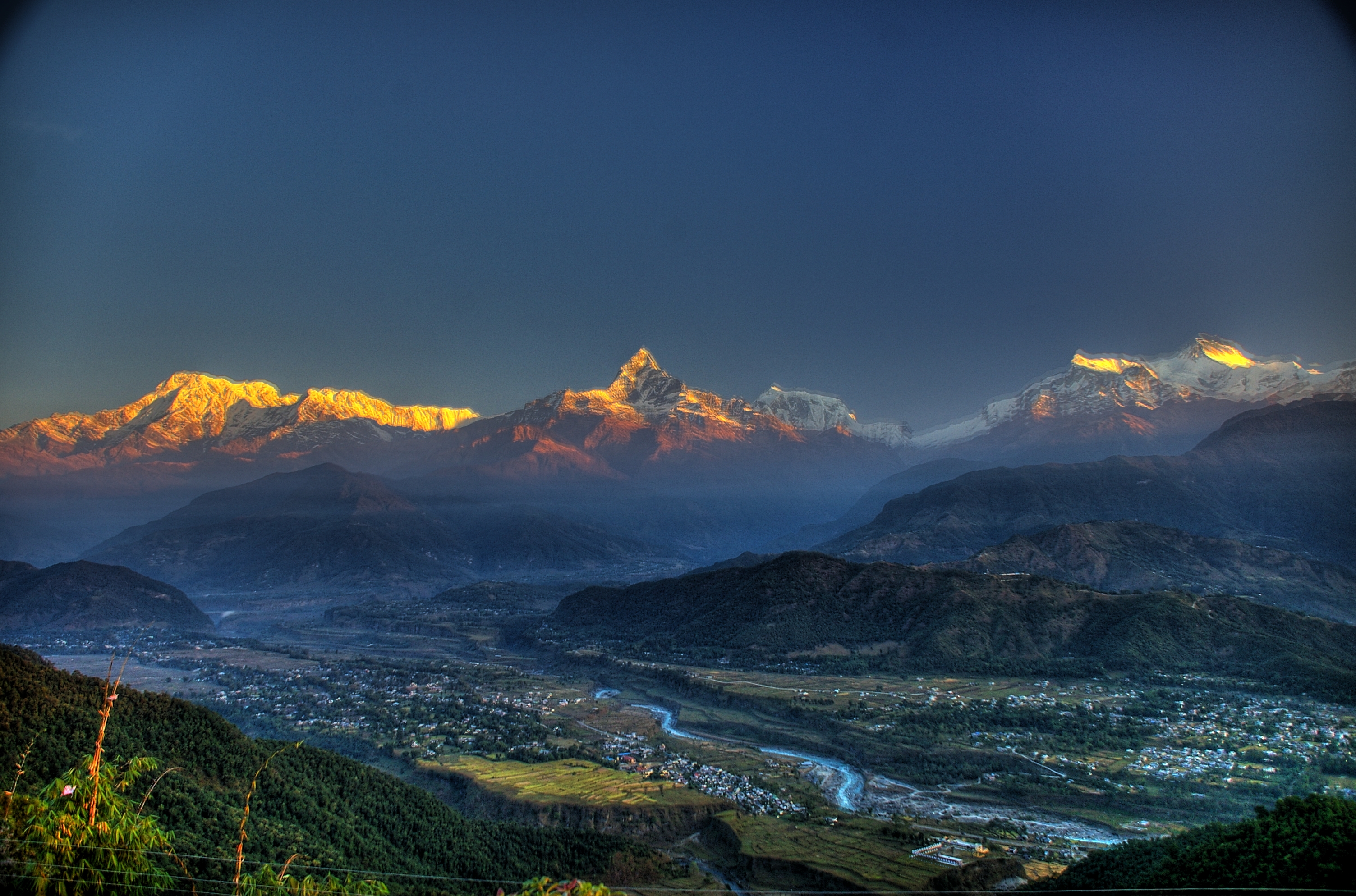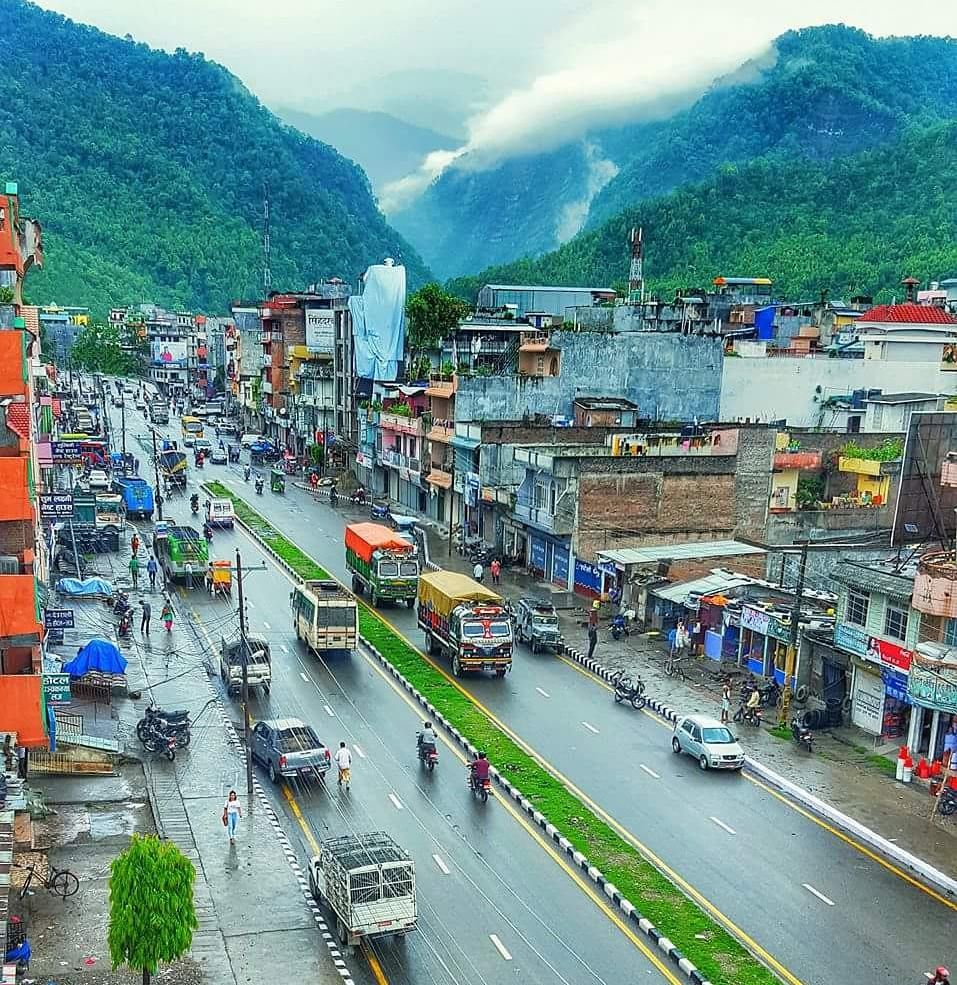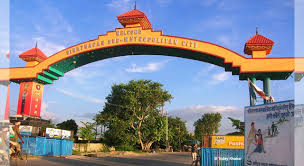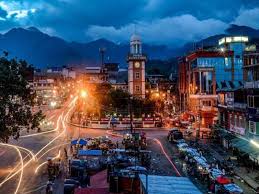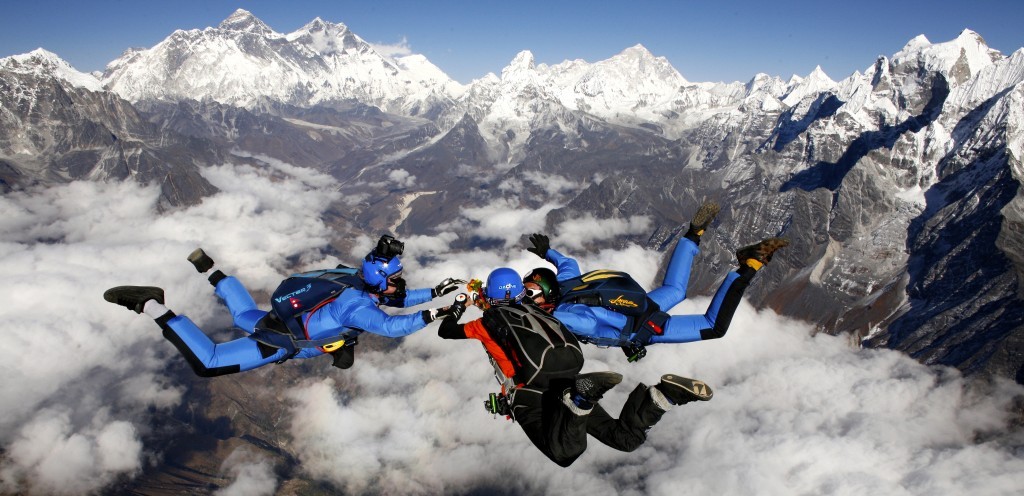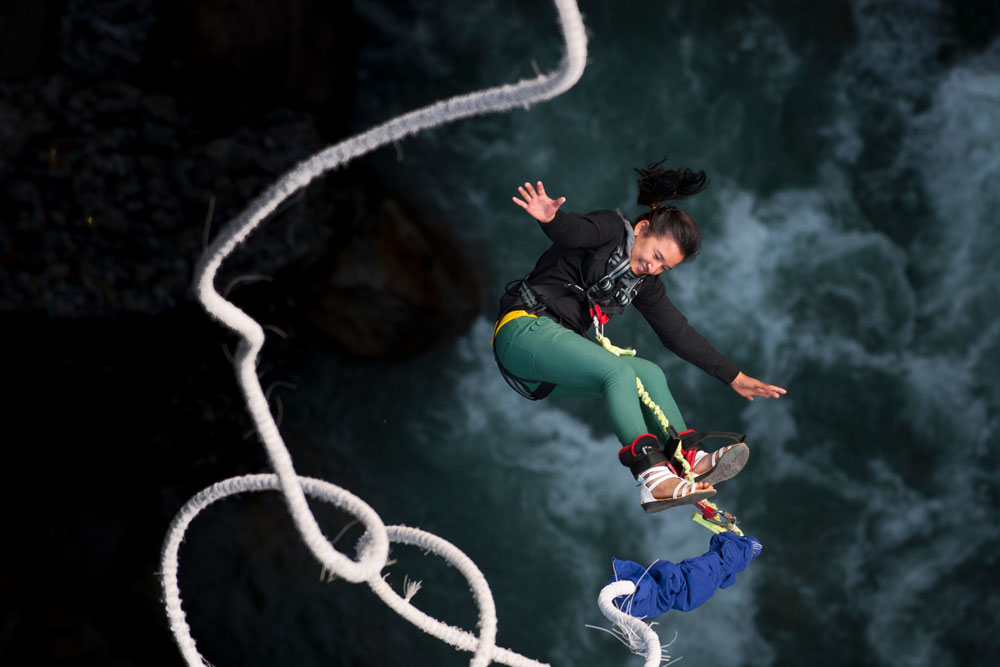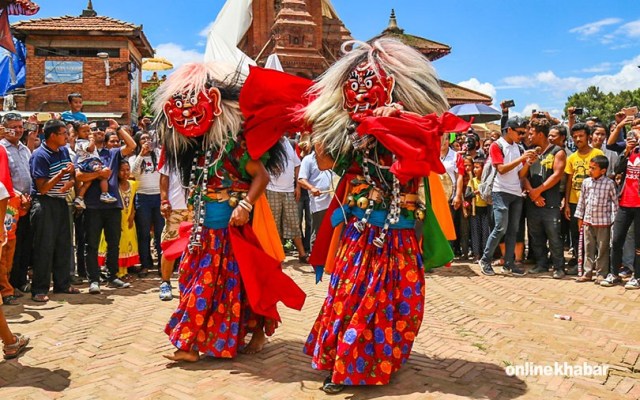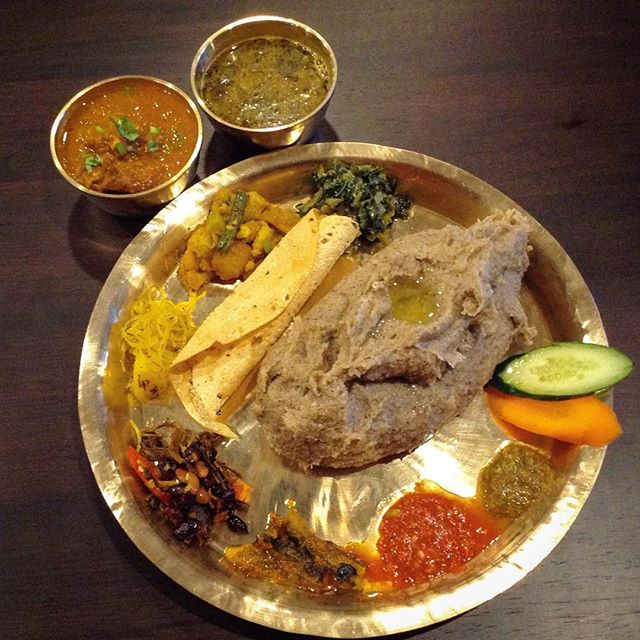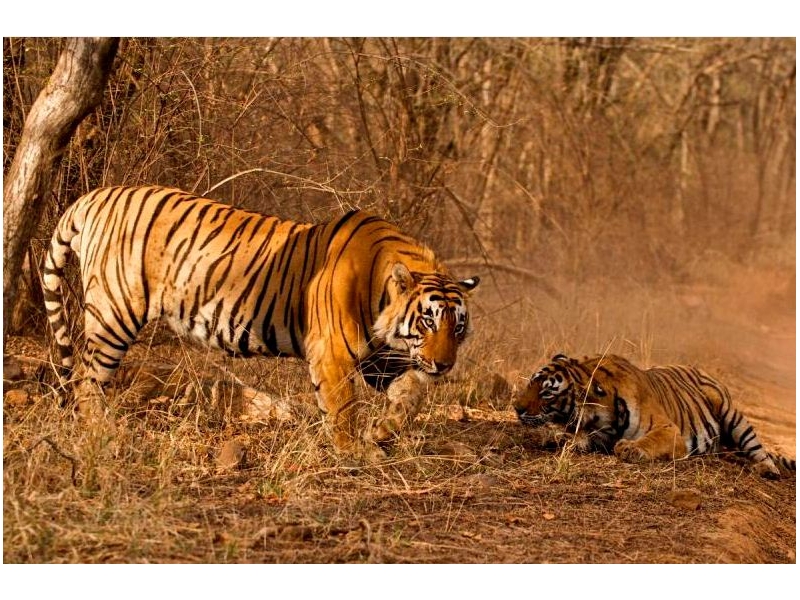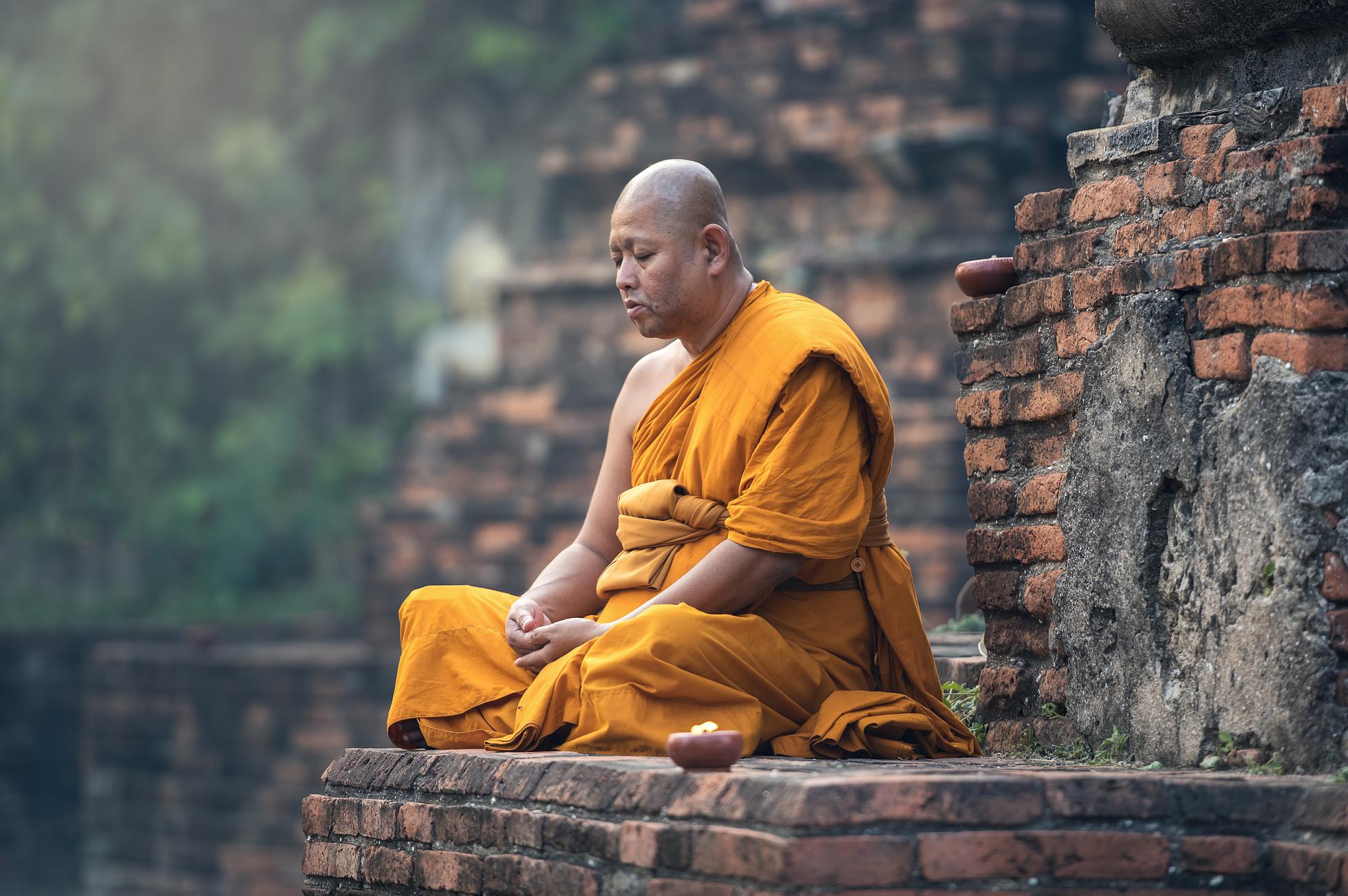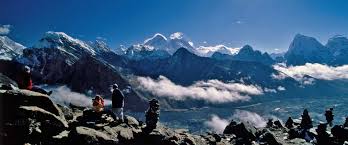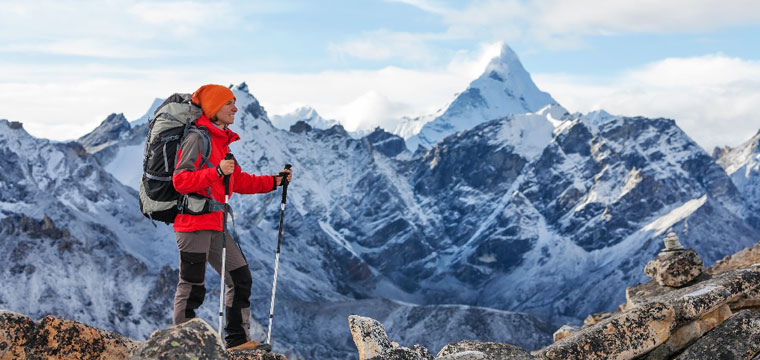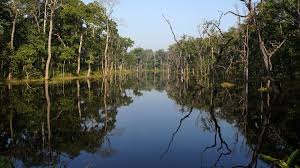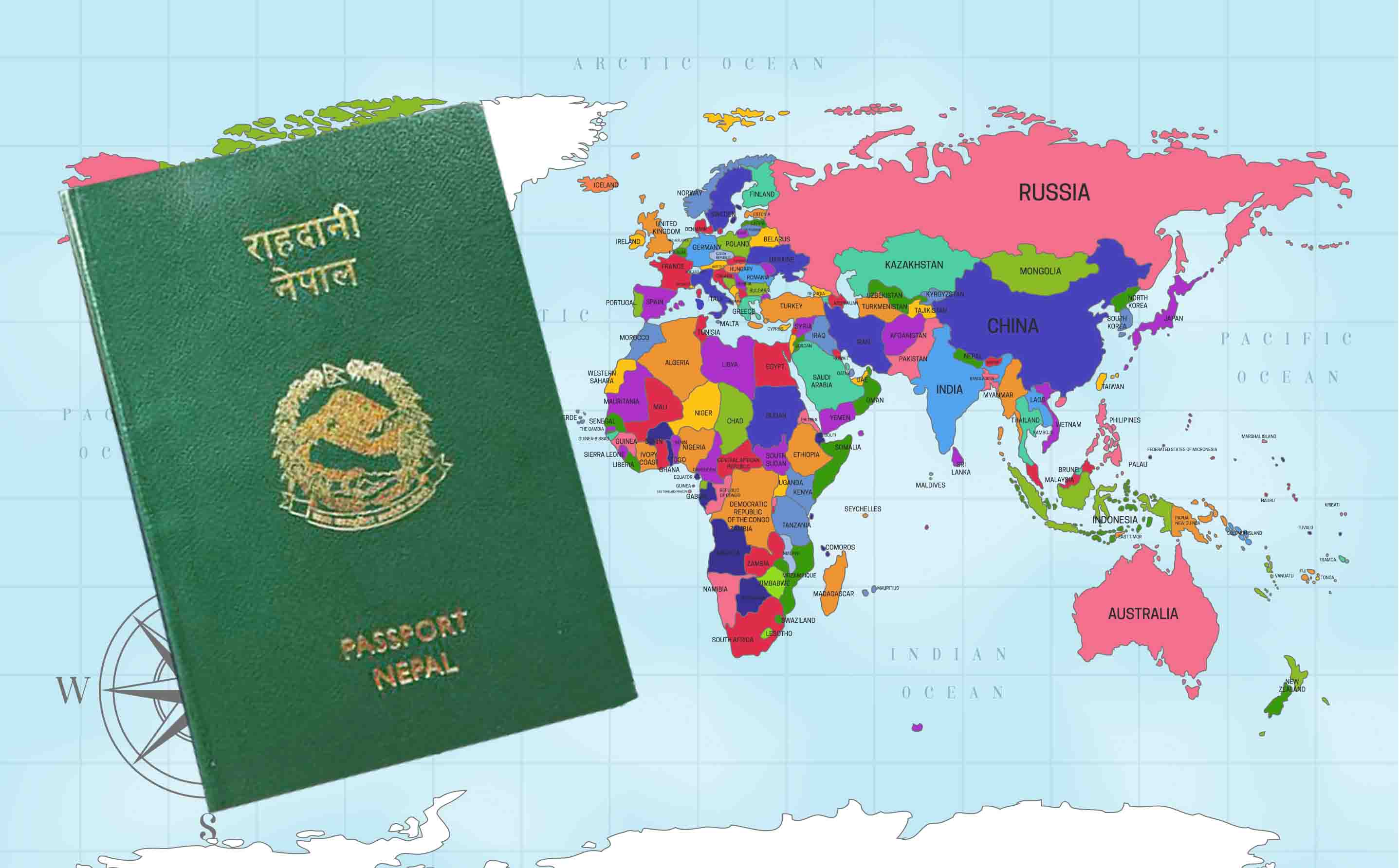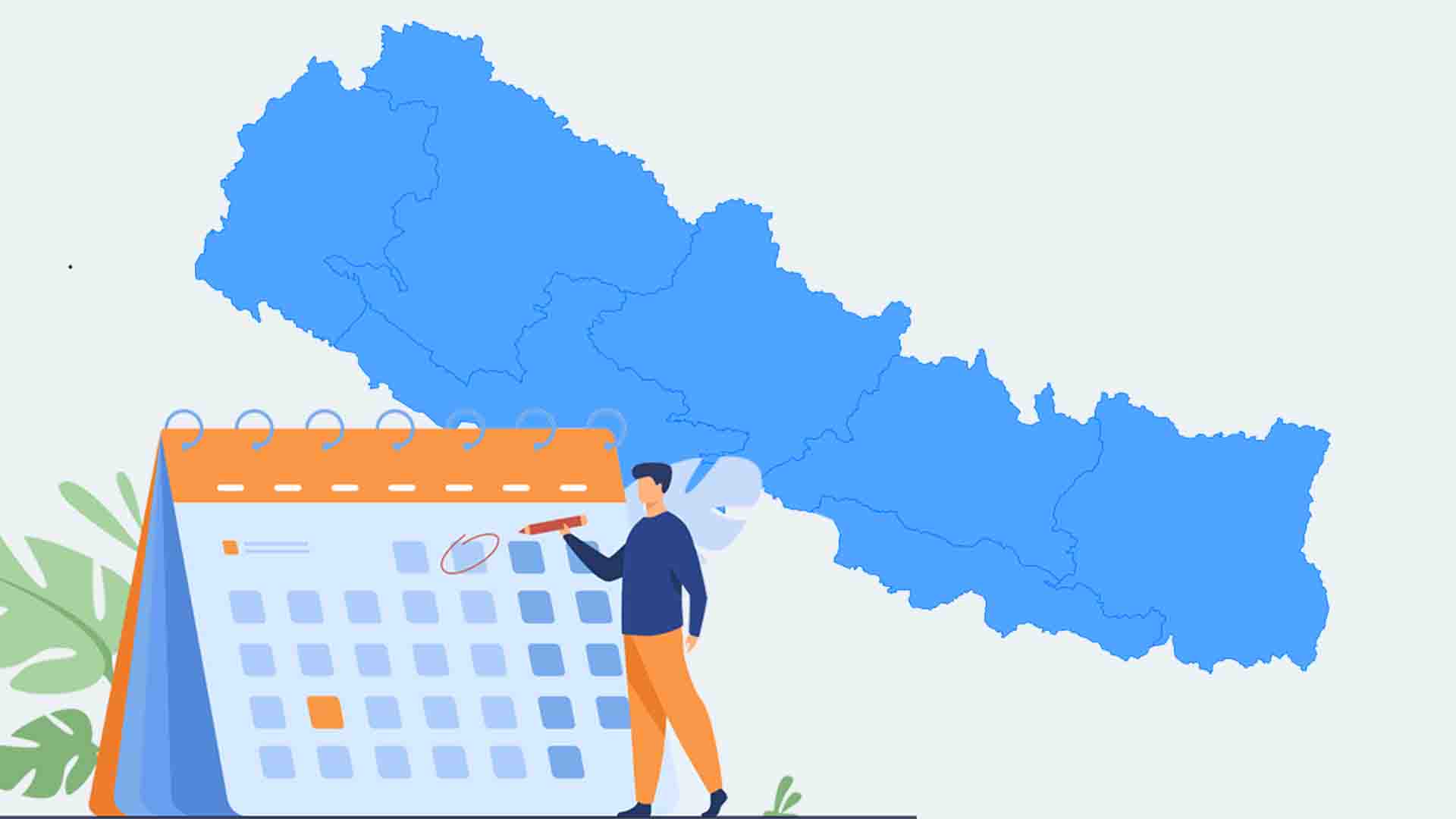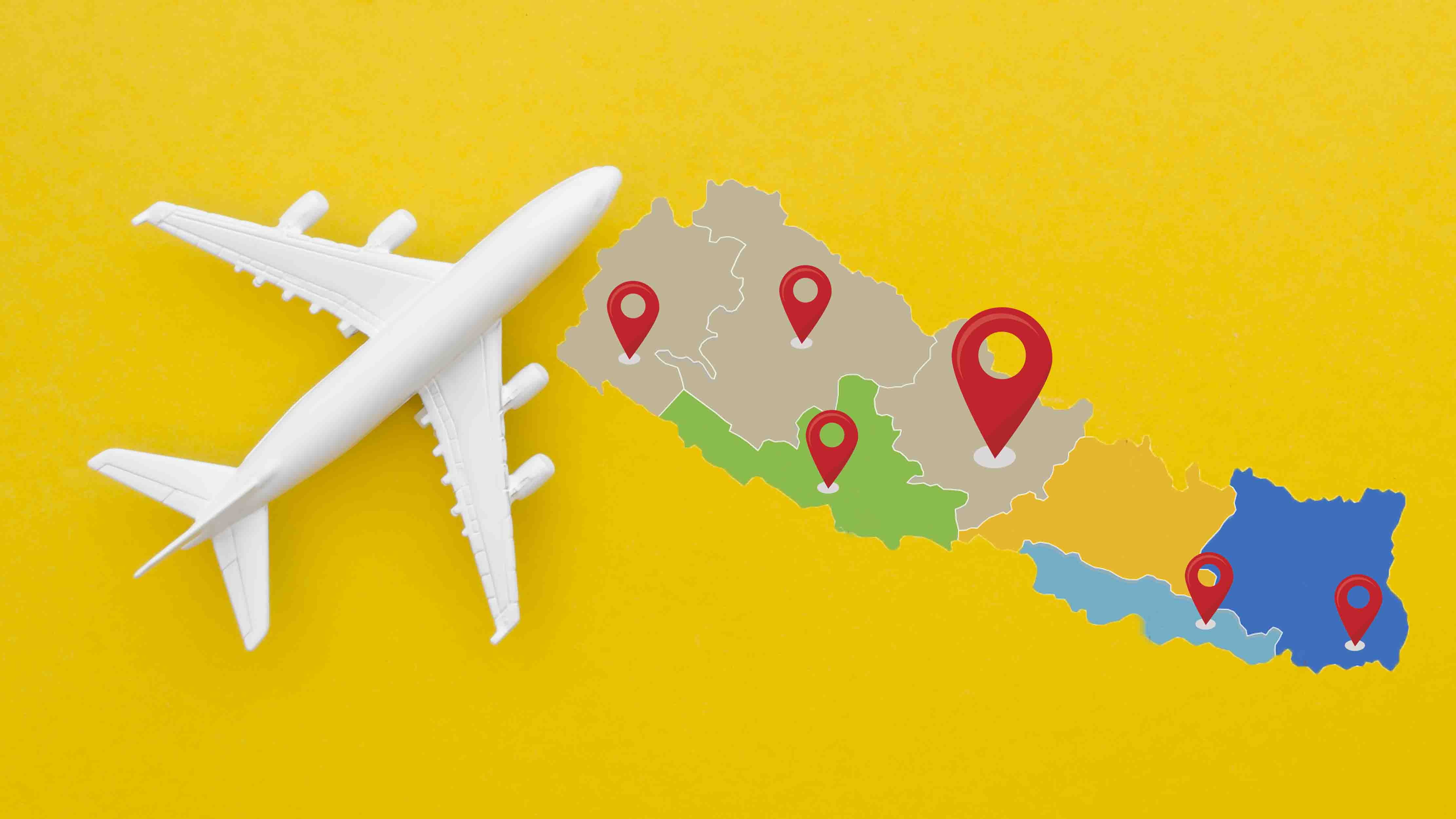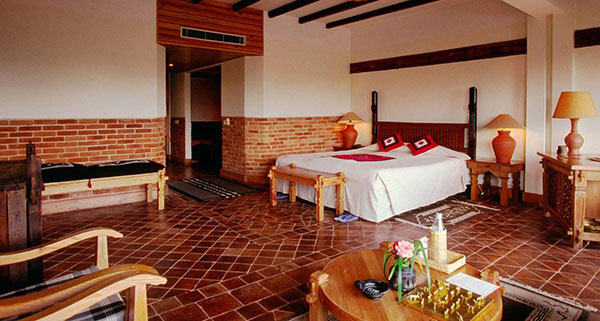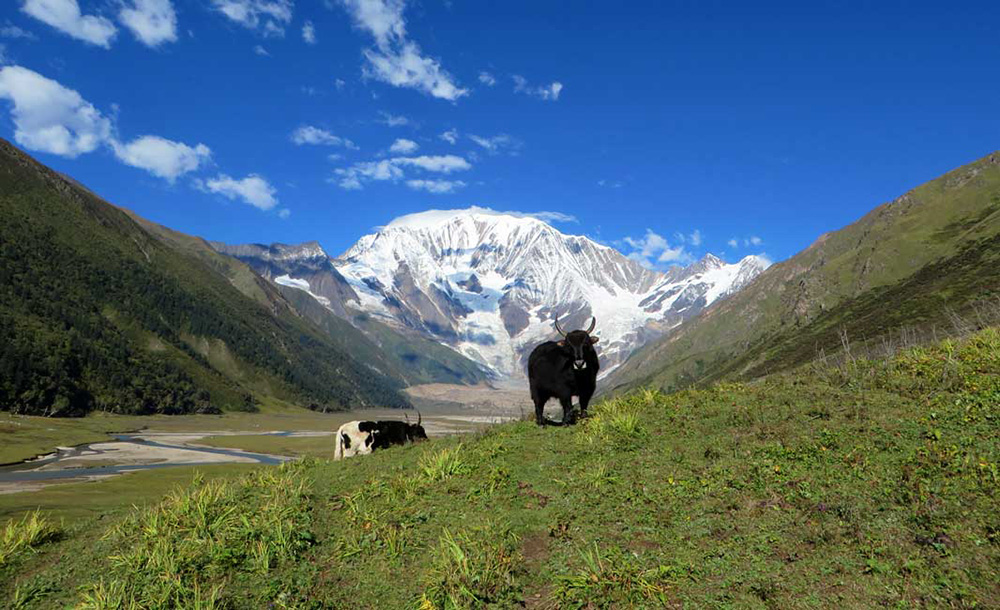Out of all the mountain expeditions in Nepal, Mount Api Base Camp is adventure off the beaten track full of wilderness, unexplored terrains, and away from modern civilization. Mount Api, lying at an altitude of 7,132 m from sea level, is the highest mountain of Western Nepal. Located in the extreme northwest of Nepal, the mountain lies in Nampa Conservation Area and is considered as the gem of Sudurpaschim.
The name Api comes from the Tibetan language, which means ‘grandmother’. Passing through unspoiled alleys, you will witness majestic mountain views, diverse cultures, rapid rivers, and finally, the spectacular view of Mount Api! Two hours from the base camp, you shall reach Lake Kali Dhunga, one of the region’s holy lakes.
The things that make the trekking exciting are valleys, steep gorges, rivers, waterfalls, sub-tropical forests, alpine pasture areas, and panoramic view of the Himalayas. The spectacular views of mountains like Api Himal, Saipal (7,031m), Mt. Thado Dhunga Tuppa (5368m), Mt. Nandadevi (7817m), Rajamba (6537m) and other peaks are the star attraction of the trail.
Religiously diverse, the area region is a mix of Hindus and Buddhists, with unique cultures and lifestyles. Diverse communities of people from ethnic groups like Chhetri, Brahmin, Mahara, Bohora, Thekare, Jhakari, Lohar, and a nomad community Raute live in peace and harmony. Rautes have a unique language of their own, and the rest are Nepali speakers. The communities descend to Terai during winter because of extreme coldness in the region.
Another challenging thing about this trek is self-sufficiency. Trekkers will have to sleep in tents, as there are no accommodation services in the region’s remoteness. Nampa Conservation Area conserves the trail along with mountain, eco-system, and is still virgin with suspense in each step of the path.
The beauty of the mountain is not conquered at Base Camp, but the entire journey is full of thrills. Birdwatching, sightseeing, experiencing cultural indifferences, and exploring the raw trail makes this trip full of adventures.
The best time to trek this region is during Spring and Autumn. As the trek falls under moderate trekking, with raw and virgin trails, it is better to take a guide and porter along with you. Walk Through Himalayas suggests you be self-sufficient, carry a first-aid kit, emergency phone numbers, map, and to avoid solo traveling unless fully prepared.
The trek begins from Latinath. To reach Latinath, you can fly or take a bus from Kathmandu to Dhangadhi, and take a bus from Dhangadhi to Latinath. The trip can be as long as two weeks, depending upon what sites you want to add on your journey to base camp.








